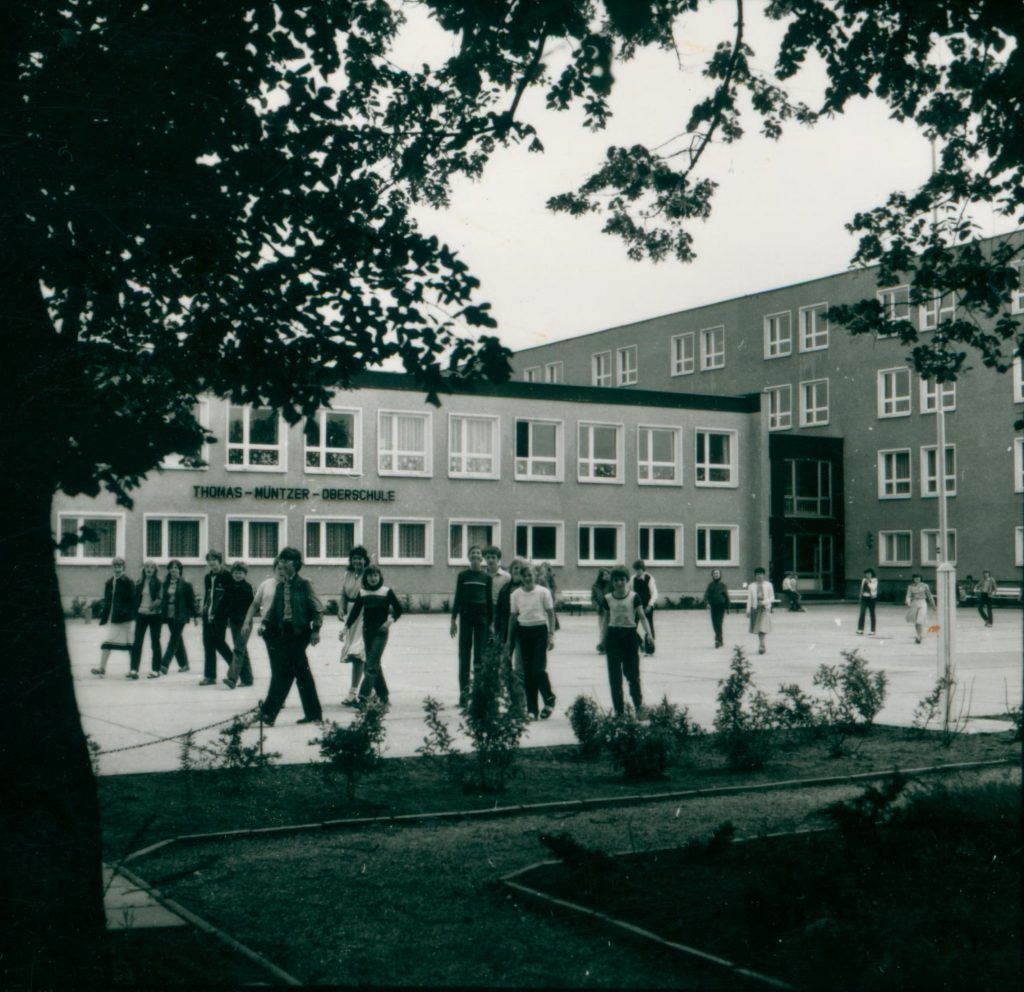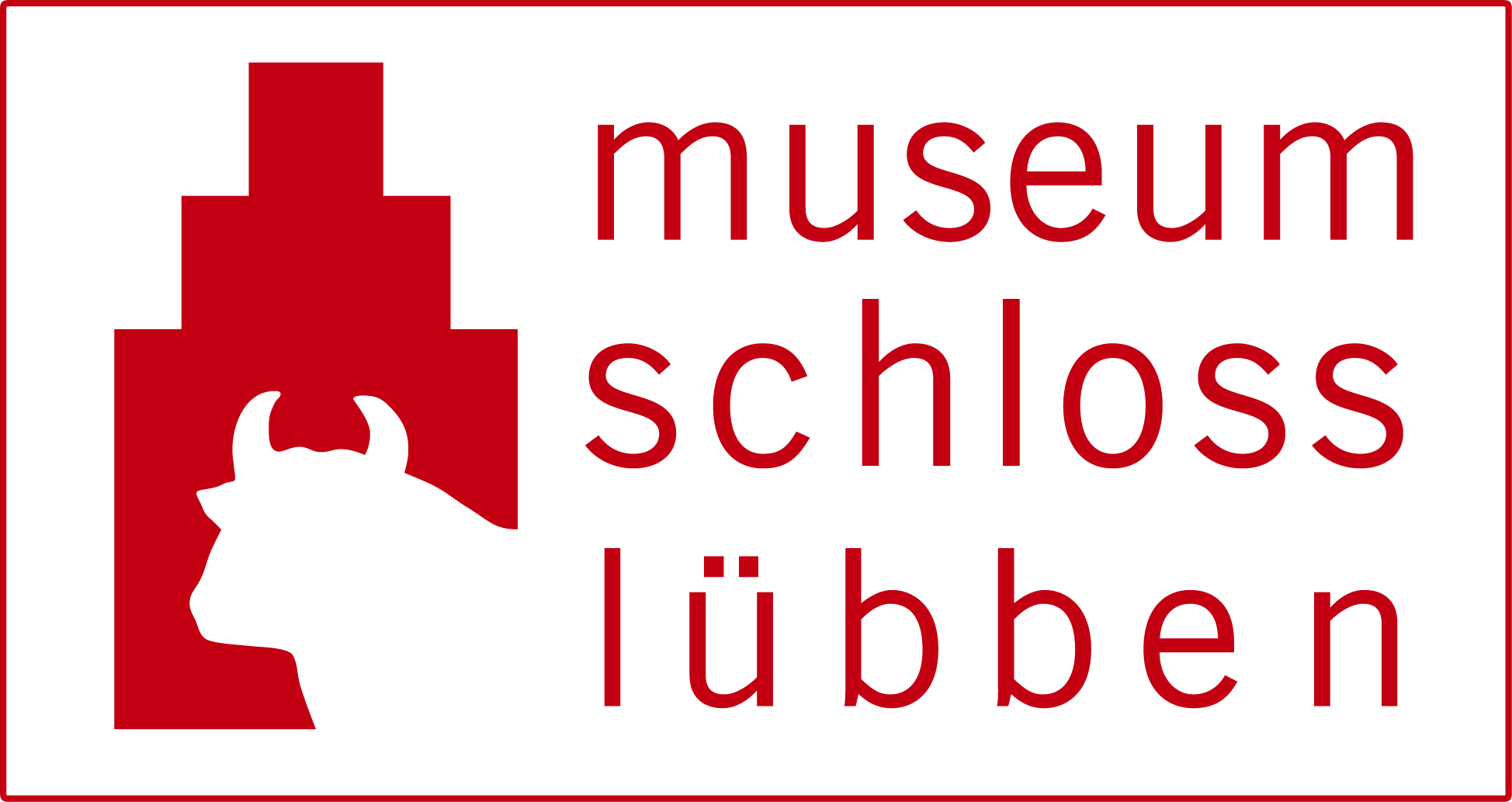There is an attempt in 1790 to introduce compulsory schooling in Lübben. Children from the age of 7 are supposed to go to school every day in the winter months, in summer three days a week. There is no farming in winter, but in summer the children’s labour is indispensable. The implementation fails because there are only 13 school masters for the 80 villages.
In the following years, the number of teachers increases steadily, but funds for the reform of the elementary school system are lacking. The new regulation is necessary because there are still many illiterates in Lübben. Neither the Saxon nor the Brandenburg government as of 1815 succeeds in enforcing compulsory schooling throughout the whole country.
From the year 1830 onwards, there are three schools in Lübben. Girls and boys attend the elementary school together. This is followed by the separation according to gender. Girls are allowed to attend the higher girls’ school for three more years, boys can be promoted to the secondary modern school for five years.
These schools are liable to tuition fees. Not all families can afford the money.
In Steinkirchen – today a part of Lübben – craftsmen are also employed as teachers. They teach catechism, songs and Bible verses as well as writing, reading and arithmetic. As the lessons are often religious, schools are later separated into Protestant and Catholic schools. These are usually small private schools, called Winkelschulen. For children who work in the afternoon, a side school offers lessons in the morning.
At the beginning of the 20th century, compulsory school attendance is finally implemented, and it is included in the Weimar Constitution in 1919. Today there are three primary schools in Lübben, a secondary school, a grammar school and a sixth form college as well as two special schools. School fees only have to be paid for the district school of music.

